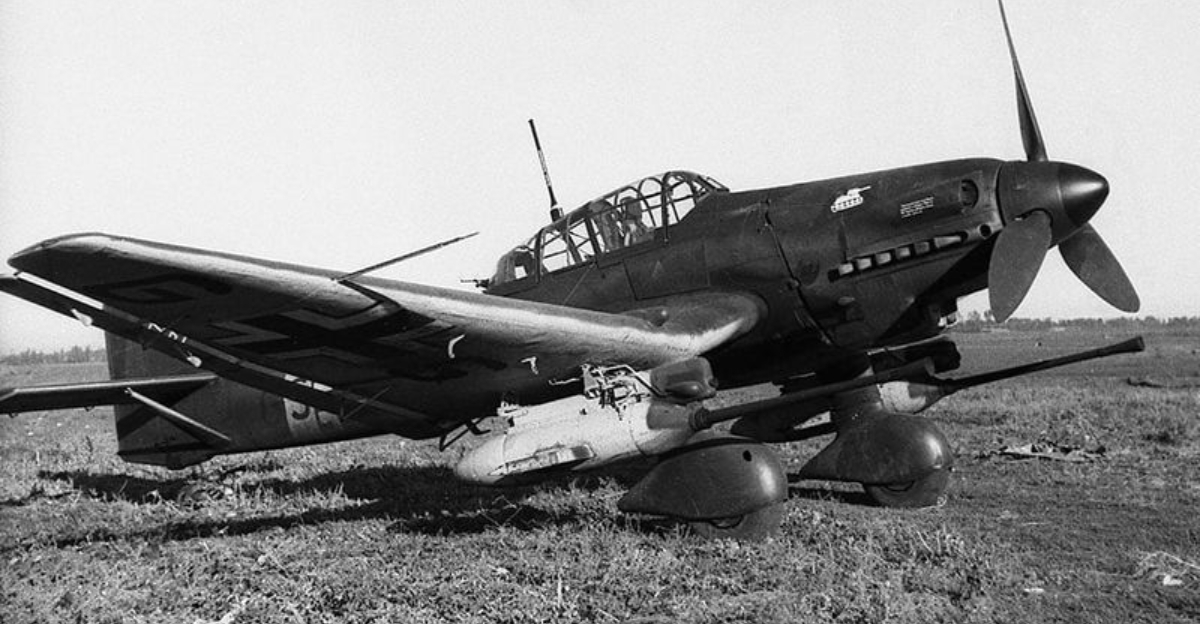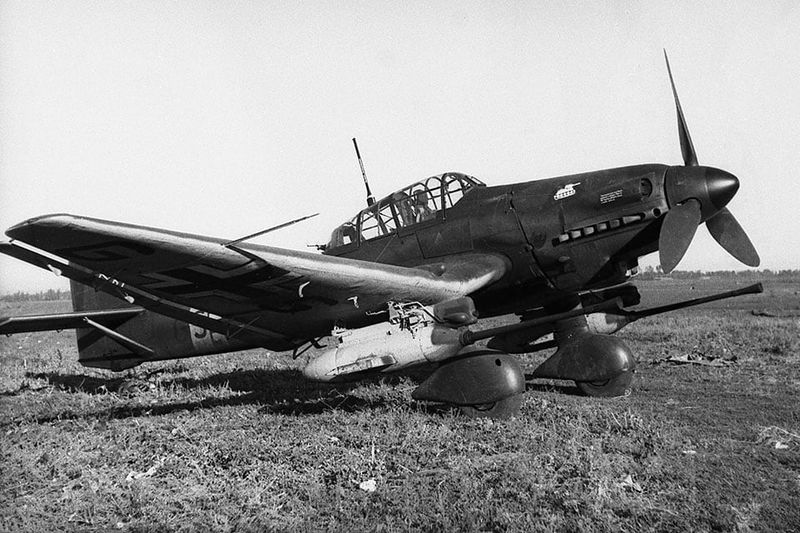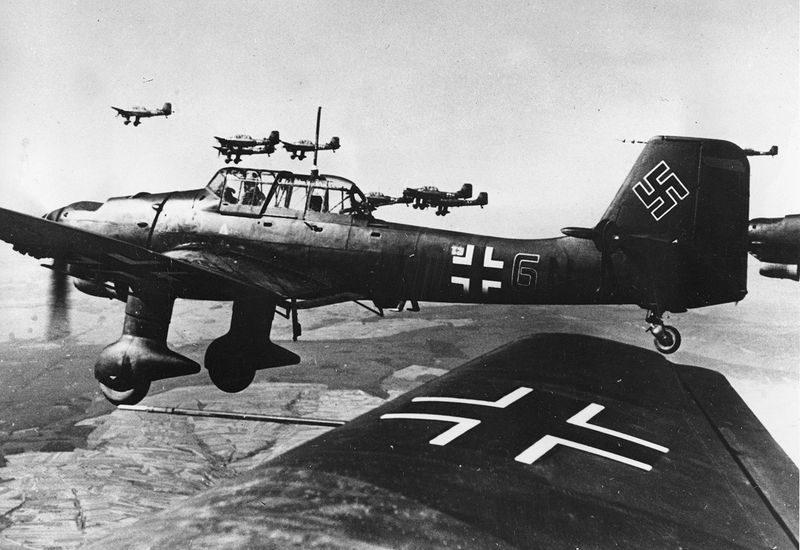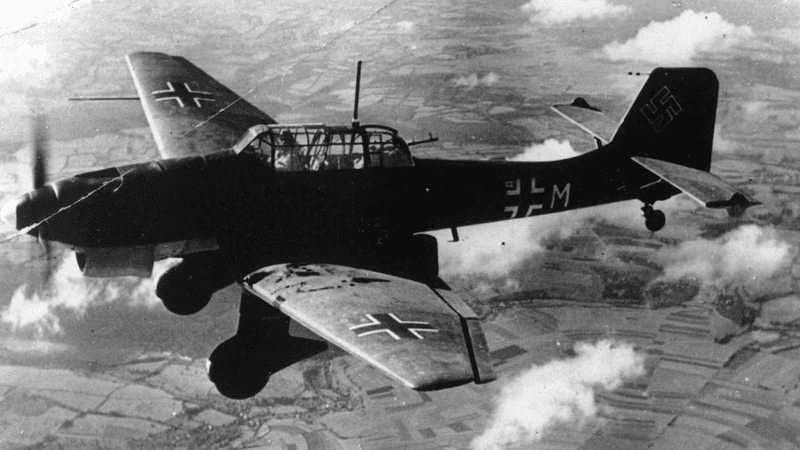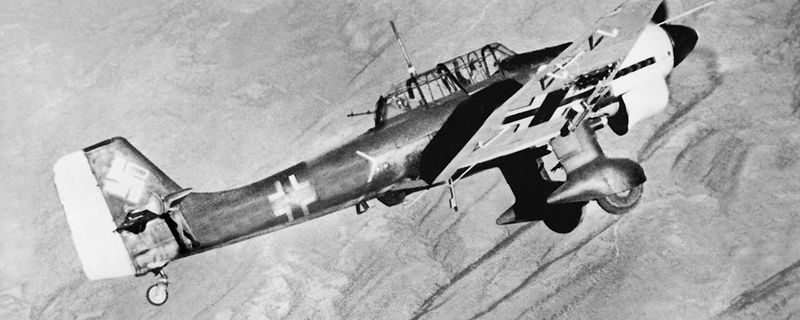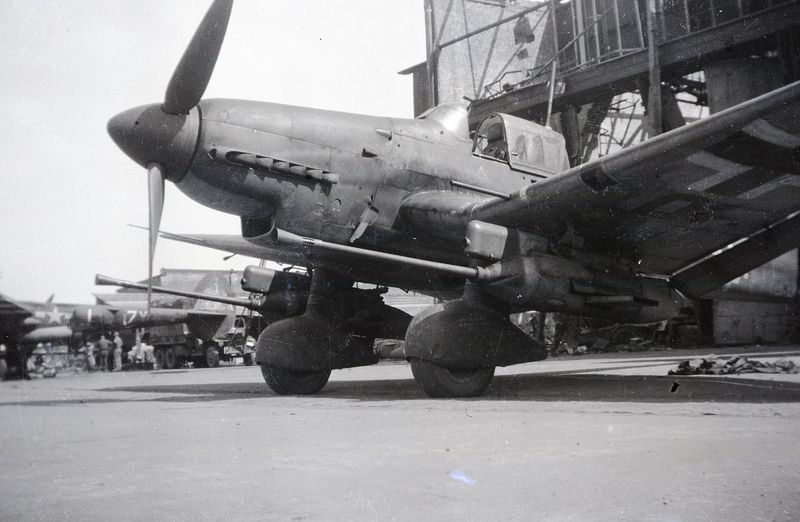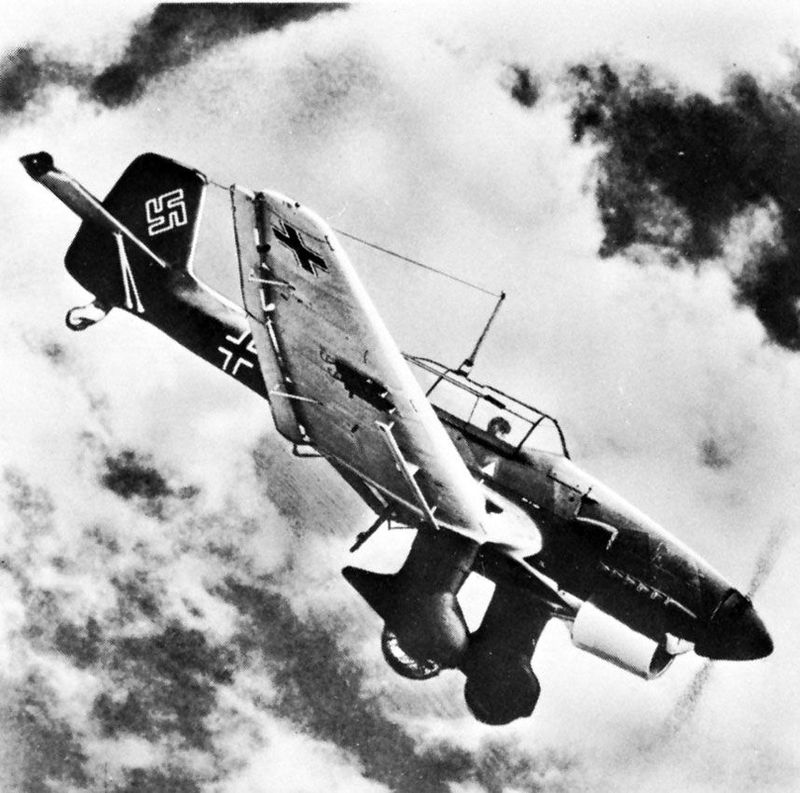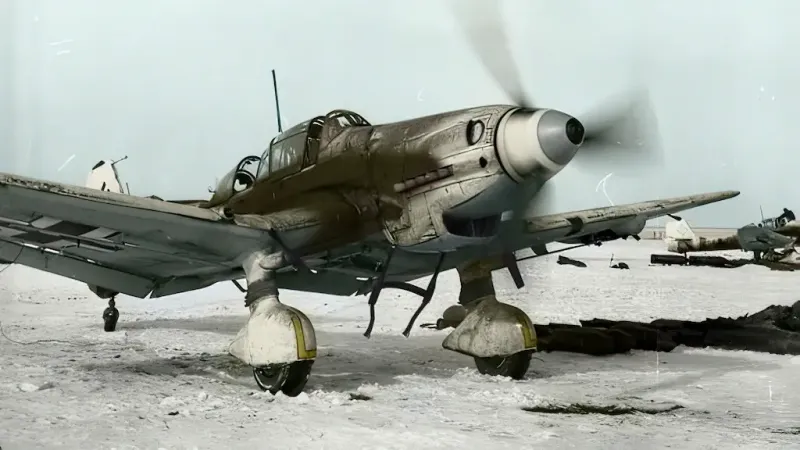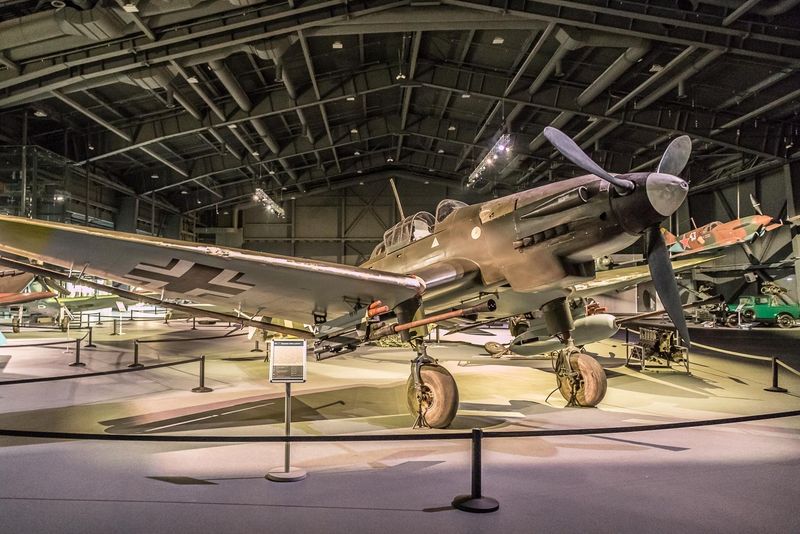The Junkers Ju 87, better known as the Stuka, was a revolutionary World War II aircraft designed for precision destruction. Renowned for its pinpoint accuracy and psychological warfare tactics, the Stuka played a crucial role in early blitzkrieg campaigns. Dive into nine fascinating aspects that highlight its historical significance and unique design features.
1. Official Designation & Role
The Junkers Ju 87 Stuka was a German single-engine, two-seat dive bomber, embodying precision in its mission to destroy. Designed as a Sturzkampfflugzeug, or dive bomber, the Stuka was crafted for pinpoint strikes. Its role in warfare was pivotal, targeting enemy lines with devastating accuracy.
With its specialized design, the Ju 87 excelled in ground-attack missions, making it a feared name among adversaries. The aircraft’s engineering allowed it to perform steep dive attacks, ensuring minimal deviation from targets. This precision contributed significantly to its infamous reputation during WWII.
2. Designer & First Flight
Conceived by Hermann Pohlmann, the Stuka took to the skies on September 17, 1935. This maiden flight marked the beginning of an era where aerial precision became a defining factor of warfare.
Pohlmann’s vision under the Sturzbomber-Programm laid the groundwork for what would become a legendary aircraft. By 1936-37, the Ju 87 entered service with the Luftwaffe, marking its presence in military aviation history.
The meticulous planning and design that went into the Stuka ensured it was ready for the challenges of modern warfare, embodying innovation and tactical advancement.
3. Distinctive Airframe
The Stuka’s distinctive airframe, with inverted-gull wings and fixed, spatted undercarriage, made it instantly recognizable. This unique design wasn’t just for show—it provided essential stability during steep dives.
The inverted-gull wings allowed the aircraft to maintain control under intense gravitational forces. This design choice enhanced its dive-bombing capability, ensuring accuracy in its strikes.
Such design traits made the Ju 87 not only an engineering marvel but also an icon of WWII aviation, demonstrating how form and function can combine for devastating effect in military engagements.
4. Precision Dive-Bombing
Equipped with a dedicated bomb-sight, the Ju 87 was unmatched in its precision during dive attacks. Pilots could achieve hit patterns within a 30-meter diameter—a feat unparalleled at the time.
This level of accuracy transformed the Stuka into a powerful tool for the Luftwaffe, enabling surgical strikes against fortified positions. The design and technology incorporated into the Ju 87 allowed for such precision, setting it apart from other aircraft of its era.
With each attack, the Stuka solidified its reputation as a fearsome dive bomber, capable of altering the course of battles.
5. Psychological Warfare
The early models of the Stuka featured the infamous “Jericho Trumpet” siren, a tool of psychological warfare. As the aircraft dived, it unleashed a haunting wail that struck terror into the hearts of ground troops.
This sound, reminiscent of a banshee’s scream, was designed to demoralize and disorient enemy forces before the bombs even fell. The siren’s psychological impact became a signature of the Stuka, adding an auditory element to its physical destruction.
Such tactics highlighted the multifaceted approach of the Luftwaffe, using sound as a weapon alongside conventional arms.
6. Armament
The Stuka was armed with two forward-facing 7.92 mm MG 17 machine guns and a rear-mounted 7.92 mm MG 15 to fend off pursuers. Its bomb load typically included a single 500 kg bomb or two 250 kg bombs.
This armament made it a formidable opponent in the skies, capable of delivering powerful strikes against enemy positions. The combination of machine guns and bombs ensured versatility in combat, allowing the Ju 87 to adapt to various battlefield scenarios.
Despite its vulnerabilities, the Stuka’s weaponry made it a respected force during its operational years.
7. Combat Debut & Blitzkrieg
The Ju 87 made its combat debut with the Condor Legion during the Spanish Civil War in 1937. Its effectiveness in these early conflicts helped it become an icon of the Blitzkrieg strategies.
The Stuka’s role in the fast-paced, aggressive warfare style devastated Polish, French, and Soviet forces. Its ability to deliver precise attacks quickly made it an invaluable asset.
This period marked the Ju 87’s rise to prominence, showcasing its capabilities and solidifying its place in the annals of military history as a game-changing asset for the Axis powers.
8. Vulnerabilities & Withdrawal
Despite its strengths, the Ju 87 faced vulnerabilities due to its relatively slow speed and weak defensive armament. With a maximum speed of about 410 km/h, it was an easy target for faster fighter aircraft.
These weaknesses led to its gradual withdrawal from frontline service by mid-1942. As technology advanced, the Stuka couldn’t keep pace, necessitating its replacement by more modern aircraft.
However, its early successes and unique role preserved its legacy as an influential aircraft of WWII, remembered for both its achievements and limitations.
9. Legacy
The legacy of the Ju 87 Stuka lives on, influencing postwar ground-attack aircraft design. Despite its eventual obsolescence, the precision and tactics it introduced remain pivotal in military aviation.
Modern aircraft owe much to the innovations pioneered by the Ju 87, particularly in dive-bombing techniques. Its impact is evident in the continued focus on precision and specialized roles in aviation.
As a symbol of WWII tactical innovation, the Stuka is preserved in museums, where its history and technological advancements continue to educate and inspire future generations.
